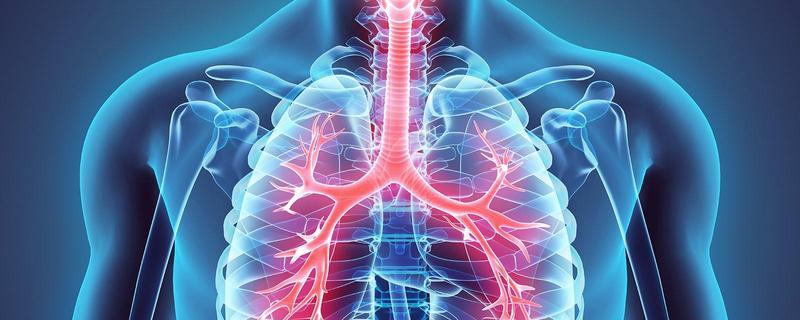The Basics of Respiratory Medicine
The Basics of Respiratory Medicine
Respiratory disorders and diseases affect your breathing and may be a reason for serious discomfort and pain. It is important to diagnose these quickly to identify whether it is an acute or chronic condition. When physicians are aware of this information, they can treat you more accurately.
Interesting fact: According to the research conducted by the British Lung Foundation, approximately 12.7 million people in the UK have asthma or another respiratory disease. Half of these people take medications for their respiratory disease prescribed by their physician.
Working in clinics
An important part of the pulmologist’s (respiratory physician) work is the assessment of patients in outpatient clinics.
Some pulmonologists focus on certain diseases. This can be, for example, asthma or COPD (chronic obstructive pulmonary disease: includes chronic bronchitis and chronic obstructive airways disease). Others take care of specific groups, such as children or the elderly. Or they could take care of very sick patients, some of whom, for example, require a ventilator to breathe.
Moreover, lung function laboratories in hospitals are run by respiratory doctors who allow the complex interpretation of lung function tests. Lung function tests play an important role in respiratory medicine, as they can show how a patient's lungs are functioning, as well as help in diagnosis.
Some respiratory departments specialize in a specific area: lung transplantation, medical problems related to sleep, or cystic fibrosis.
Main respiratory diseases
Doctors cure a huge number of respiratory problems:
- Asthma
- Cystic fibrosis (a hereditary disease in which inflammation accumulates in the lungs and other organs)
- CAN (chronic bronchitis, in which breathing problems are aggravated by overtime)
- Lung cancer
- Pulmonary fibrosis (in which lung tissue is damaged and covered with scars)
- Tuberculosis
- Work-related lung diseases, etc.
General procedures
- Chest X-ray
- Thoracoscopy – examination of the chest cavity with an endoscope
- Bronchoscopy - examination of the bronchi
- Pleural ultrasound
- Lung biopsy
- Analysis of arterial blood gases and blood tests which will help to find out whether you have any respiratory disease
- Physical exam:
- Checking for a bluish color on lips, fingers, or toes
- Listening to heart and lungs with stethoscope
- Measure blood oxygen level, temperature and pressure
Be the first to post a message!
